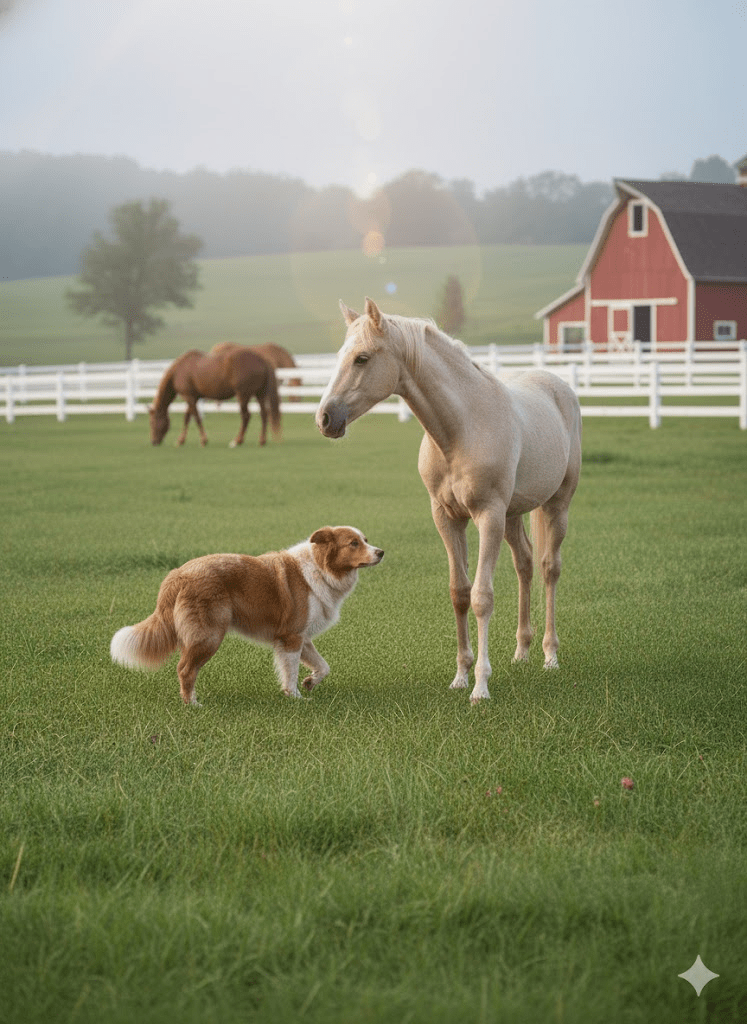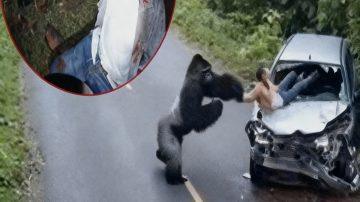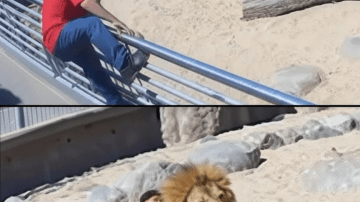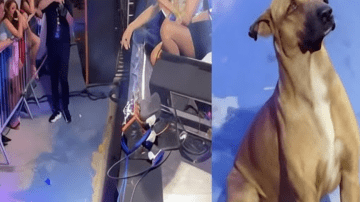The rolling pastures of Willow Creek Farm had always been a place of predictable rhythms – the gentle lowing of cattle, the rustle of wind through tall grass, and the predictable cycle of birth and growth. However, one spring morning, this tranquility was shattered by tragedy. A young mare, usually vibrant and strong, succumbed to an unforeseen illness, leaving behind a bewildered, wobbly foal named Charlie. The farmers, seasoned and pragmatic, saw a difficult road ahead. Orphaned foals are notoriously fragile, requiring round-the-clock care, often involving bottle-feeding and constant vigilance against the emotional toll of losing their mother. They braced themselves for sleepless nights and an uphill battle for Charlie’s survival, fearing he might never truly thrive without a maternal figure. What unfolded next, however, defied all their expectations and rewrote the rules of their farm.

It wasn’t a human hand that offered the first, most profound comfort, but a furry nose belonging to Daisy, the farm’s resident Border Collie. Known for her intelligence and herding instincts, Daisy had always been attuned to the farm’s creatures. Yet, her reaction to Charlie was unprecedented. She approached the trembling foal with a gentleness that surprised even her owners, nuzzling him, licking his soft coat, and lying down beside him as if to offer a protective shield. This wasn’t just curiosity; it was an innate, maternal response that seemed to emanate from the deepest part of her being. The farmers watched, captivated, as Daisy took on the role of Charlie’s unsolicited guardian, a twist no one could have predicted.
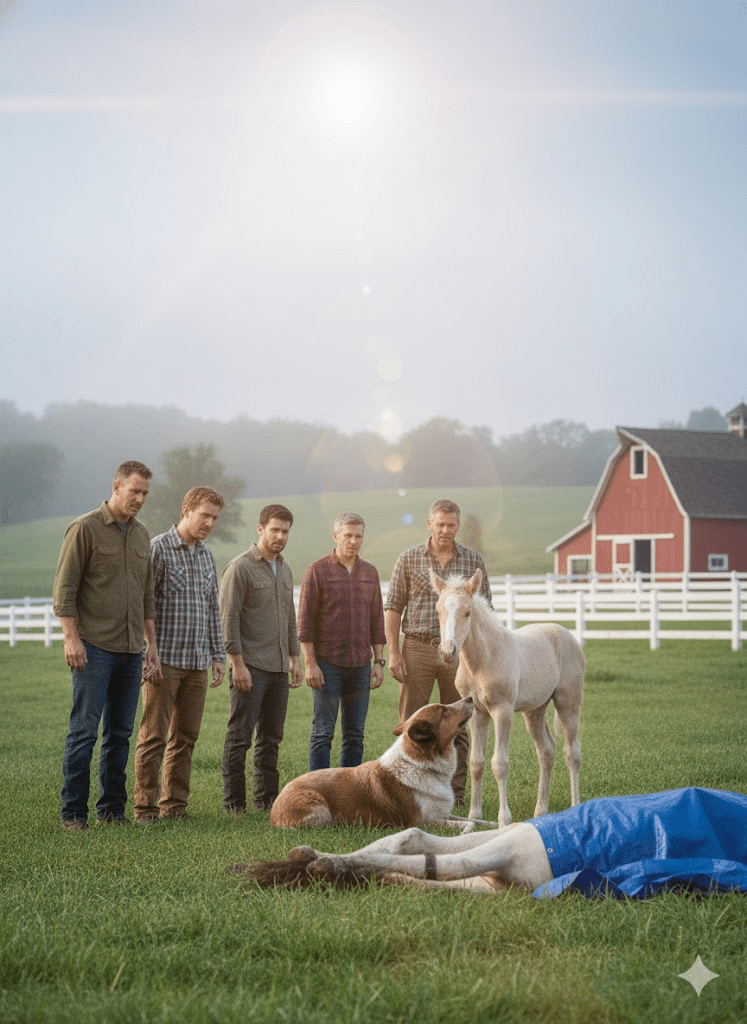
As days turned into weeks, Daisy’s devotion only deepened, transforming her into Charlie’s constant shadow and surrogate mother. She would guide him across the sprawling fields with gentle nudges, herding him subtly to fresh patches of grass or leading him back towards the barn at dusk. When Charlie was fearful, Daisy was there, lying close, offering warmth and a steady, reassuring presence. She even seemed to teach him, patiently nudging him to stand when he wobbled, and encouraging him to explore with a quiet confidence. The sight of the tiny foal nuzzling into the dog’s fur for comfort became a daily occurrence, a heartwarming spectacle that blurred the lines between species. This unusual bond was not just for emotional support; it was a practical partnership for survival, proving far more effective than any human intervention alone.

The farmhands, initially skeptical, soon became fervent believers in Daisy’s unique influence. They observed Charlie not just surviving, but thriving under her care. His coat was shiny, his movements confident, and his demeanor surprisingly calm for an orphaned animal. Daisy’s constant presence offered more than just companionship; it provided the stability and emotional anchor that was crucial for his development. The local veterinarian, upon hearing the story, was astounded, admitting that while interspecies bonds were known, one as profound and beneficial as Daisy and Charlie’s was exceptionally rare, a true anomaly in animal behavior.
